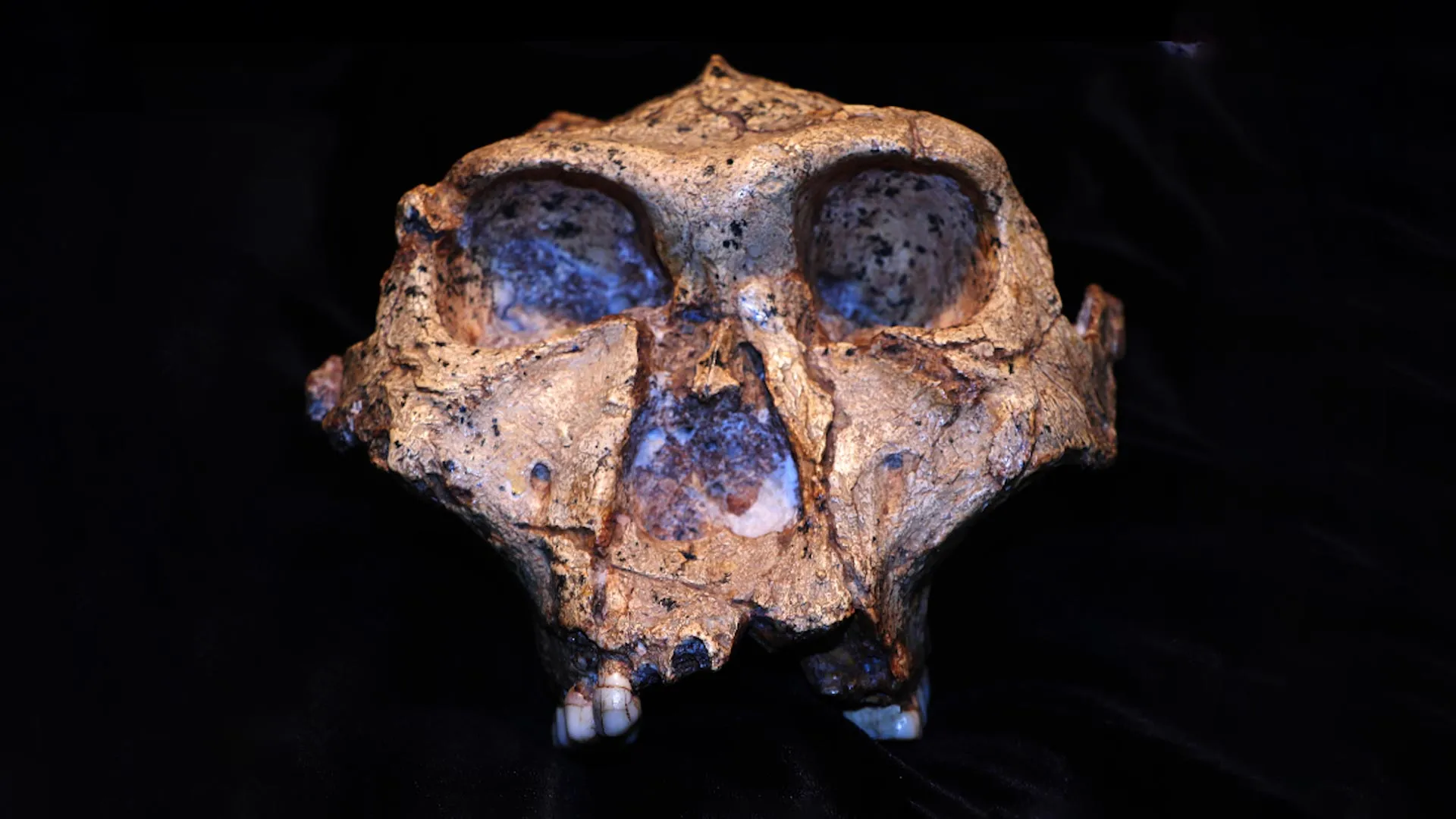Written and directed by Oscar Chan and produced by Blink Films for GBH, the series brings audiences closer than ever to life on the ISS. Through interviews with astronauts and mission control veterans, the documentary reveals not just how the station was built, but how it has survived, and thrived, in one of the harshest environments known to humanity.
Launched in 2000, the ISS has been home to dozens of international crews, running science experiments and forging diplomatic cooperation in orbit. But its construction and operation were never guaranteed successes. Over the span of two decades, engineers, scientists, and astronauts worked through mounting risks, severe technical hurdles, and near-catastrophes to keep the station alive. As the ISS approaches its deorbiting deadline in 2030, NOVA offers a rare, immersive look at the people who made it work, and the moments when it nearly didn’t.
Assembling a Space Station in Orbit
The first part of the docuseries, High-Risk Build, focuses on the extraordinary effort it took to construct the ISS module by module, while orbiting 250 miles above Earth. According to PBS, the segment retraces how each stage of the station’s construction had to unfold within a dangerous vacuum, facing extreme radiation and temperature swings that could cripple equipment or kill astronauts.
Through CGI and original footage, viewers are brought into the early 2000s, when crews operated in cramped spaces and often relied on split-second decisions to avoid disaster. “What’s remarkable about the stories that ‘Operation Space Station’ tells is the way they remind us that the potential for disaster is a constant companion for the astronauts and how time and again, through innovative ideas and productive collaboration, they averted disaster,” said NOVA co-executive producer Chris Schmidt.


For Schmidt, the survival of the ISS over 25 years without a single fatality is proof of the dedication behind every mission. The film also shows the scope of the engineering achievement: a football-field-sized platform, traveling at 17,000 mph, assembled entirely in orbit, often while astronauts worked in pressurized suits, tethered to nothing but a robotic arm.
The Human Side of Danger
The second episode, Science and Survival, shifts the focus to life aboard the completed ISS and the series of incidents that nearly compromised it. According to Operation Space Station, astronauts recall terrifying moments: an ammonia leak, space junk narrowly missing modules, and a time the station unexpectedly spun out of control after a software glitch triggered an accidental thrust.
Italian astronaut Luca Parmitano recounts the moment his helmet began to fill with water during a spacewalk, a life-threatening emergency that played out in silence as he struggled to breathe. Other accounts describe the chaos of docking malfunctions and the real fear that a misstep could cost lives. These aren’t just stories of failure, said executive producer Dan Chambers; “they’re showing people solving impossible problems, in the harshest environment we know of.”


According to PBS, astronauts and ground crews navigated each crisis through a mix of expertise, coordination, and improvisation. The result was more than survival, it was a demonstration of human problem-solving at its most intense.
A Legacy Written in Orbit
Beyond the tension-filled incidents, Operation Space Station also revisits the quiet successes: the hundreds of scientific experiments conducted aboard, the collaborations between rival nations, and the slow transformation of the ISS into a symbol of what’s possible through cooperation.
Produced in association with France Télévisions, the documentary captures how, over two and a half decades, the ISS has stood as an unlikely beacon of endurance and international trust. And now, with its retirement scheduled for 2030, NOVA aims to preserve its story before the lab reenters Earth’s atmosphere, eventually falling into the Pacific Ocean. Operation Space Station will stream on PBS.org/NOVA, NOVA’s YouTube channel and the PBS Documentaries Prime Video Channel, beginning November 5.
Source link

